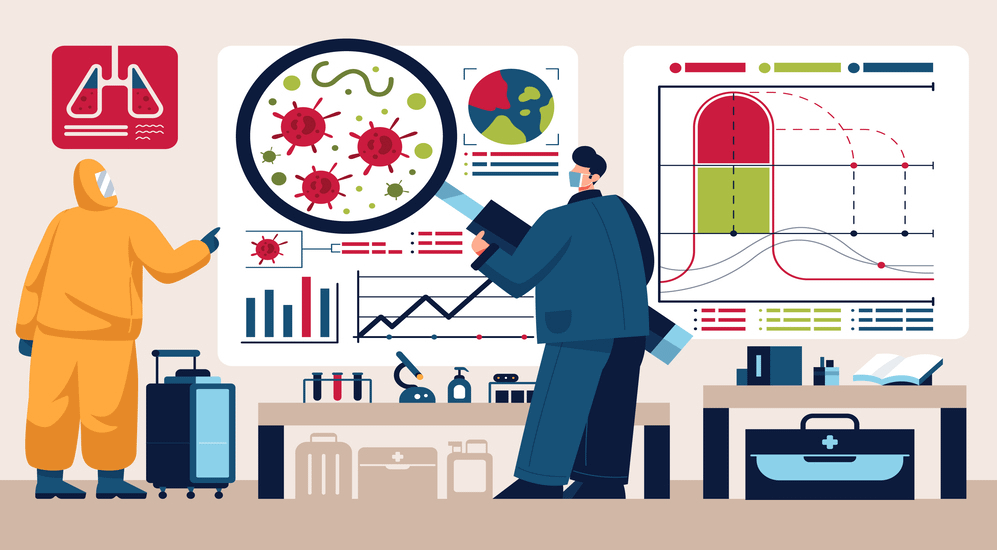
Unlock the depths of intellectual inquiry with thought-provoking articles that explore the intricate tapestry of human knowledge. Delve into insightful analyses, engage with nuanced perspectives, and cultivate a deeper understanding of complex subjects. Elevate your intellect with articles that transcend the ordinary, inviting you to embark on a journey of intellectual discovery.
Antimicrobial resistance (AMR) poses a significant threat to global public health, rendering once-effective antibiotics ineffective and jeopardizing the treatment of bacterial, viral, parasitic, and fungal infections. The escalating emergence of resistant strains demands a comprehensive and coordinated effort to tackle this issue. This article explores the critical components of surveillance, prevention, and control strategies in the battle against antimicrobial resistance.
Surveillance:
Effective surveillance is the cornerstone of any strategy aimed at curbing antimicrobial resistance. It involves systematic monitoring of antimicrobial use and resistance patterns in humans, animals, and the environment. Surveillance not only helps identify emerging threats but also enables the tracking of trends and patterns, informing the development of targeted interventions.
Global collaboration is paramount for successful surveillance efforts. Countries must share data on antimicrobial usage, resistance rates, and genetic determinants of resistance. International organizations, such as the World Health Organization (WHO) and the World Organisation for Animal Health (OIE), play a crucial role in facilitating information exchange and establishing standardized surveillance protocols.
Prevention:
Preventing the further spread of antimicrobial resistance requires a multifaceted approach. One key element is the promotion of responsible antimicrobial use in healthcare, agriculture, and veterinary practices. This involves educating healthcare professionals, farmers, and the public about the appropriate use of antibiotics, as well as the importance of completing prescribed courses.
In healthcare settings, implementing antimicrobial stewardship programs helps optimize the use of antibiotics, minimizing the risk of resistance. Additionally, promoting the development and use of rapid diagnostic tools can enable targeted and precise antimicrobial prescriptions, reducing unnecessary exposure and selective pressure on microbes.
In agriculture, the judicious use of antibiotics in livestock and aquaculture is essential. Alternatives to antibiotics, such as vaccines and probiotics, should be explored to reduce reliance on antimicrobials in food production.
Control:
Control measures must be implemented to contain the spread of antimicrobial resistance. This involves stringent regulations on the sale and use of antibiotics, both in healthcare and agriculture. Surveillance data should inform policy decisions aimed at restricting the use of certain antibiotics and promoting the development of new, innovative treatments.
Cross-sectoral collaboration is crucial for effective control. Integrating efforts across human health, animal health, and environmental sectors ensures a holistic approach to addressing the interconnected nature of antimicrobial resistance. Regulatory bodies, policymakers, healthcare professionals, and researchers must work in tandem to enforce control measures and promote responsible practices.
Antimicrobial resistance represents a formidable global challenge that demands immediate and sustained action. Surveillance, prevention, and control strategies are integral components of a comprehensive approach to combat this crisis. Through international collaboration, education, and regulatory measures, we can hope to preserve the effectiveness of antimicrobials and safeguard the health of current and future generations. The time to act is now, as the consequences of inaction may be catastrophic for public health worldwide.

